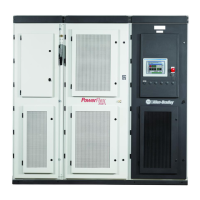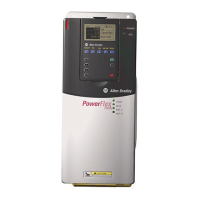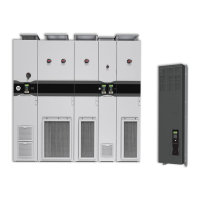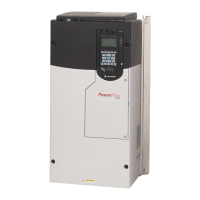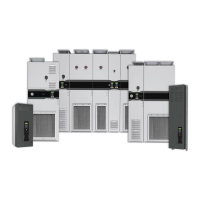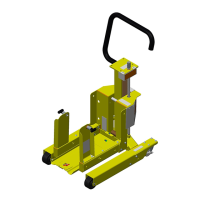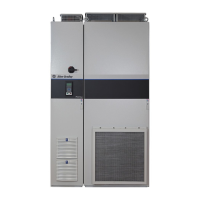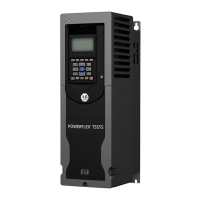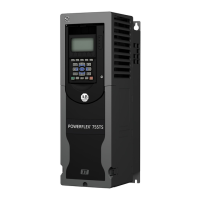Rockwell Automation Publication 7000-UM202H-EN-P - November 2023 89
Chapter 2 Power Component Definition and Maintenance
Temperature Sensing Thermal sensors are available on one heatsink in the rectifier and one heatsink
in the inverter. The thermal sensors are mounted on the heatsink with the
temperature feedback board, or on the SPS mounting bracket which is
mounted to the heatsink, if equipped.
Replacing the Thermal Sensor
1. Ensure there is no power to the equipment.
2. Remove the heatsink with the thermal sensor from the PowerCage
module. If equipped, first remove the SPS mounting bracket.
3. Remove clamp load (Figure 80 on page 88
).
4. Remove the device (SGCT or SCR) from the heatsink with the thermal
sensor.
5. Disconnect the fiber optic cable to the temperature feedback board.
6. Remove two M8 screws holding the heatsink in place.
7. Remove the heatsink with the temperature feedback board (may be on
the SPS bracket, if equipped) from the PowerCage module.
8. Disconnect the plug connecting the thermal sensor and circuit board.
9. Remove the screw attaching the thermal sensor to the heatsink.
10. Replace with the new thermal sensor and cable assembly.
11. Note there is a small voltage difference between the thermal sensor and
its heatsink. For proper function, mount the small insulating pad
between the thermal sensor and the heatsink, and the insulating bushing
between the thermal sensor mounting screw and the thermal sensor.
12. Reverse the removal order to replace the heatsink with the new thermal
sensor.
13. Follow procedure Uniform Clamping Pressure
on page 87 to clamp the
heatsinks to a uniform pressure.
ATTENTION: To prevent electrical shock, disconnect the main power
before working on the drive. Verify that all circuits are voltage-free
using a hot stick or appropriate voltage-measuring device. Failure to
do so may result in injury or death.
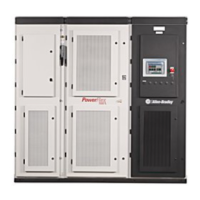
